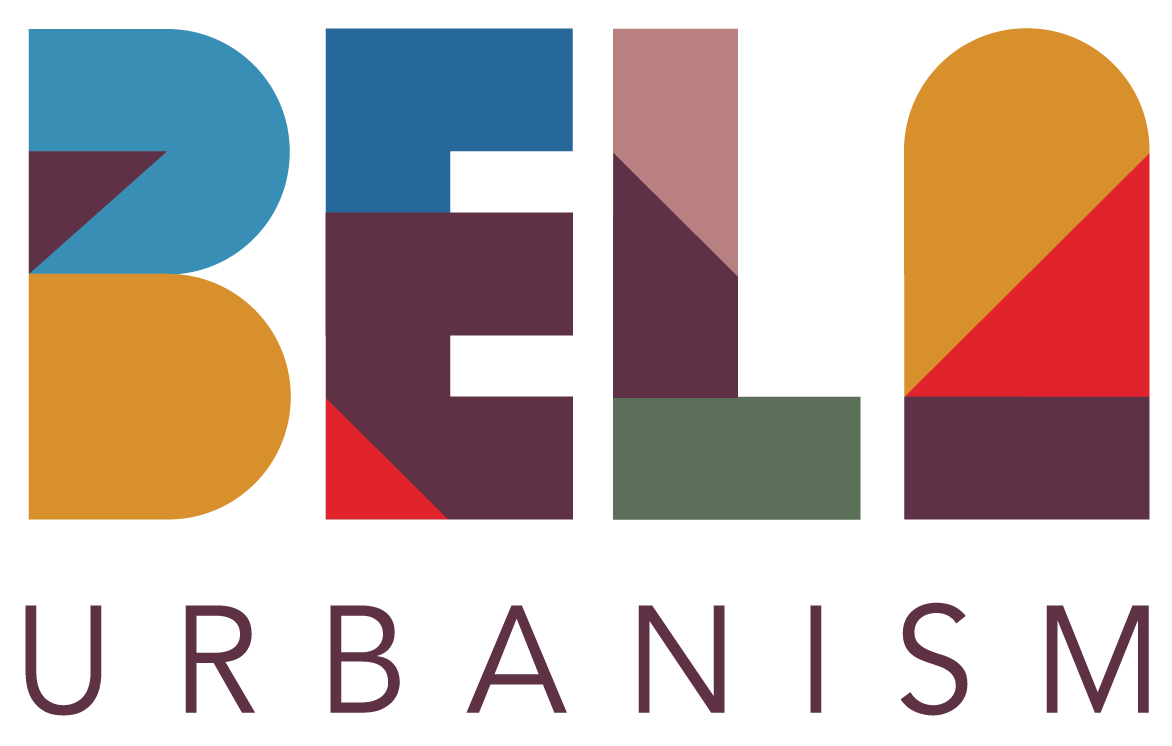
The Outset
Born in Philadelphia, John was raised in Evansville and Indianapolis, Indiana and Cambridge, Massachusetts. John began drawing at an early age and crafted some detailed drawings of car free cities among many other things. John went to high school at Cambridge Ridge and Latin and excelled in the art program. He spent two formative years at the School of the Art Institute of Chicago studying performance art and sculpture before leaving on a cross-country adventure to Alaska to work in the salmon canneries and a purse seiner fishing boat. While in Alaska, he discovered the work of Dr. Andrew Weil and his writing about alternative healing and traditional herbal medicine. John returned to Massachusetts to study biology and biochemistry at University of Massachusetts, Amherst and developed an interest in ethnobotany. Following graduation from UMass in the honors program, he moved to Ithaca, New York to work for a phytopharmaceutical company making chemotherapeutic agents from plants.
West Coast beginnings
John left Ithaca to move to San Francisco in 1997, and after exploring various occupations, he enrolled at the University of California, Berkeley and earned a Masters Degree in Landscape Architecture and Environmental Planning. John joined the Landscape Architecture firm CMG in 2005, inspired by the practice’s urban focus and the dedication of the founders, Kevin, Chris and Willett to democratic public space design and implementation. While at CMG John designed projects across scales from Mint Plaza to the Treasure Island Redevelopment plan.
Rebar
Continuing to pursue an interest in art, John formed Rebar with Matthew Passmore and Blaine Merker in 2005. John coined the name Rebar following an inspiring lecture at SFMOMA from the graphic design studio 2x4. Rebar was a loose collective of artists, activists and urbanists before formalizing to become the Rebar Art and Design Studio. Rebar’s first urban project was Park(ing) Day which launched Rebar into the world of urban intervention and opened the door to many opportunities including exhibiting at the Venice Biennale in 2008. In 2009, John left CMG to direct Rebar full time as the practice matured into a boutique art and design studio with a fabrication shop in the Mission District. John led many notable Rebar projects in collaboration with Matthew and Blaine, such as the Panhandle Bandshell, COMMONspace, Bushwaffle, and the San Francisco Victory Garden. As the world was reeling from the economic recession, Rebar pioneered some early examples of interim use on lands left vacant from the economic downturn and coined the term ‘early activation’. Rebar began to dissolve in 2013 as the three founders aspired to pursue their own interests.
Gehl
While on an artist residency in Copenhagen, John met Helle Soholt, the founder and CEO of Gehl Architects. Following mutual interest in collaboration, John spent a month in Copenhagen as a designer-in-residence. At the end of the month, the plans were hatched for Gehl to expand to the US and join forces with Rebar in San Francisco and Gehl Studio San Francisco was formed. Former Rebar partner Blaine Merker orchestrated the merger of the practices while Matthew Passmore went on to found his own art and urbanism studio Morelab in 2014. Eventually growing into a role as Director and Partner at Gehl, John expanded his skills as an urbanist, leading a broad portfolio of urban strategy and design work in Canada, the US, and Latin America.
Next Chapter
In 2021, John left Gehl to form an independent urban design consultancy: Bela Urbanism. Current work includes the SF Downtown Public Realm Action Plan with Sitelab, and advising major masterplanning efforts in Baja, California and in the San Francisco Bay Area. After living in San Francisco’s Mission district for over 20 years, John now lives in Fairfax, CA with his partner Manuelita Antonio (of SuperWorks), son Indigo Emiliano, and Nonna Maria (Manuelita’s Mom)
